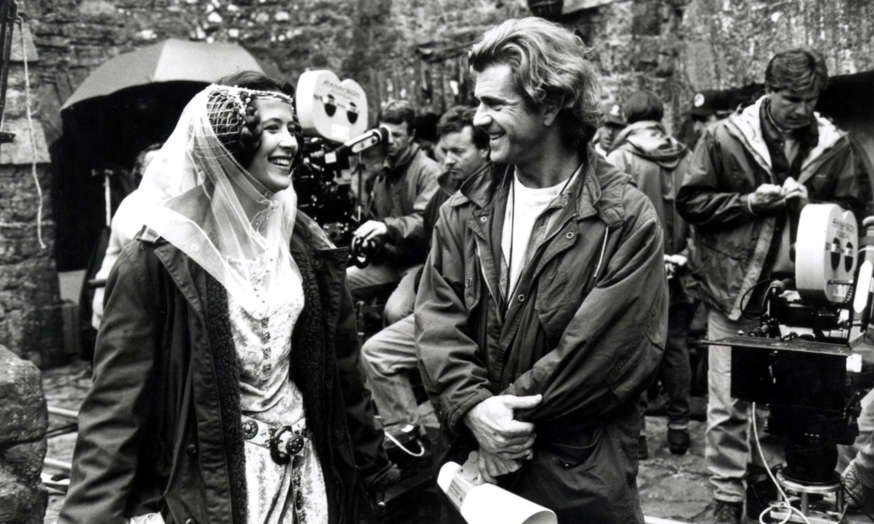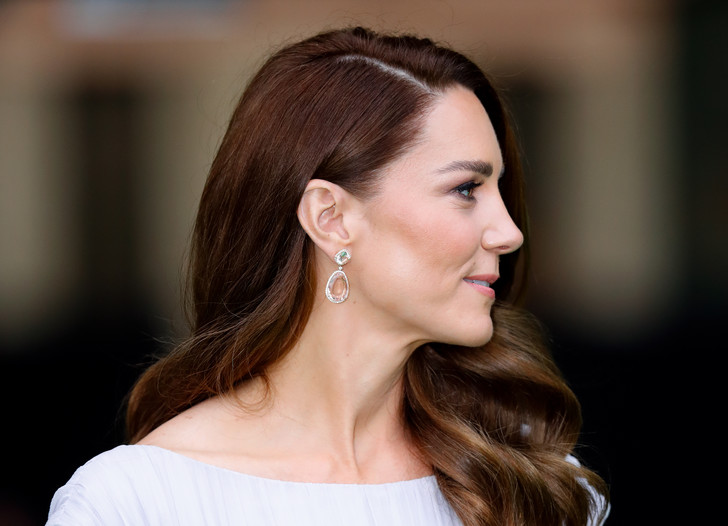[ad_1]
“Archaeologists Uncover Ancient Egyptian Beliefs Through Golden Mummy Discovery”
In January 2023, a group of archaeologists excavating tombs at the ancient necropolis of Saqqara, near Cairo, discovered the mummified remains of a man named Hekashepes, who died around 2300 BC. lived. The body and its wrappings, found in a limestone sarcophagus in a burial shaft, are unusually well preserved for the period.
In the 5th century B.C. The Greek historian Herodotus of Halicarnassus described the elaborate way in which the Egyptians preserved their dead. The brain was removed with a hook through the nostrils, while the internal organs were removed through an abdominal incision.
The incision was then sewn up and the body washed with wine and spices. The body was left to dry in a solution of baking soda (a substance harvested from dry lake floors and used to absorb moisture) for up to 70 days. After this time it was carefully wrapped in linen bandages and finally buried in a coffin.
At the time Herodotus wrote this, the Egyptians had been practicing mummification for more than two millennia, gradually perfecting the technique through experimentation.
The pre-dynastic mummies of the fourth millennium BC were so well preserved by the dry desert sands – without human intervention – that their tattoos are still visible. The earliest attempts to replicate this result by artificial means were less effective, making Hekashepes an early example of successful conservation.
Why did the ancient Egyptians mummify their dead?
The Egyptians had long observed that bodies buried in tombs, without direct contact with the drying sand, tended to decompose and tried to prevent this on religious grounds.
Without a physical body to return to, they believed that the ka (soul essence) could not partake in food offerings brought to the graveyard and instead had to roam the living world as a noxious spirit.
Mummification techniques were developed to preserve the body for the ka. The earliest methods, which date back to the time of the unification of states around 3100 B.C. consisted of wrapping the body in linen bandages soaked in resin. However, since the entrails were left in place, the body eventually decomposed.
The paucity of surviving human remains from this early period means archaeologists have limited data on demographics, population health, life expectancy, and diet. For this reason, the discovery of the remains of Hekashepes is of great importance.
The scientific examination of the body will provide important insights into the mummification techniques used. Scientific analysis of the skeleton and teeth could also shed light on where Hekashepes grew up, what type of food he ate, his health, age and cause of death.
How was Hekashepes preserved?
Hekashepes’ arms and legs had been individually wrapped to give the body a lifelike appearance, and the head was painted with eyes, a mouth, and dark hair. More striking, however, are the gold leaves, carefully applied to give the illusion of golden skin.
According to Egyptian belief, gold was the color of the gods, and the gilding of the bodies of the dead expressed the idea that they would acquire divine qualities in the afterlife.
As such, loved ones of Hekashepes could take comfort in knowing that he would be reborn and rejuvenated in the afterlife and would enjoy his favorite food and drink with the gods for all eternity.
What does the discovery teach us?
The archaeologists who unearthed the sarcophagus of Hekashepes also discovered a group of well-preserved limestone statues depicting men, women and children in a nearby tomb. These images, which only the wealthy could afford, were made to accompany funerals as “reserve bodies” for the Ka to inhabit.
The beautiful statues, with paint still visible, depict men with athletic bodies and auburn skin. The women are curvy and pale. Both sexes are depicted with luxuriant dark hair.
The images reflect gender roles in which men took active roles in public spaces while women stayed at home and tended to the home. Some of the statues depict women engaged in domestic chores such as grinding grain and baking bread, demonstrating the importance placed on women’s work in the home.
The statues of married couples depict the husbands and wives lovingly linking arms. Some are shown with their children standing or kneeling at their feet.
The images of married couples and families emphasize the importance of the family as a basic social unit in ancient Egyptian society. Kinship ties were maintained in death and the living were obliged to make food offerings to feed their relatives in the afterlife.
The Egyptians believed that in exchange for offerings, the dead could be called to their aid. They could also act as intermediaries between the living and Osiris, the divine ruler of the underworld.
Although it is easy to get the impression that the ancient Egyptians were obsessed with death, the care with which they treated their dead betrays a love of life and a sincere hope for life after death.
The discovery of the body of Hekashepes gives us hope that more well-preserved human remains from this period will come to light and enhance our understanding of life in the Pyramid Age.
This article was republished by The Conversation under a Creative Commons license. Read the original article.
The conversation
Maiken Mosleth King does not work for, consult with, own any shares in, or receive funding from any company or organization that would benefit from this article, and has disclosed no relevant affiliations other than her academic appointment.
[ad_2]
Don’t miss interesting posts on Famousbio










